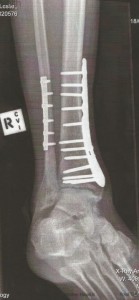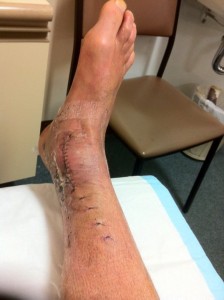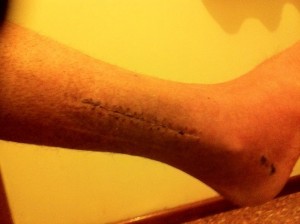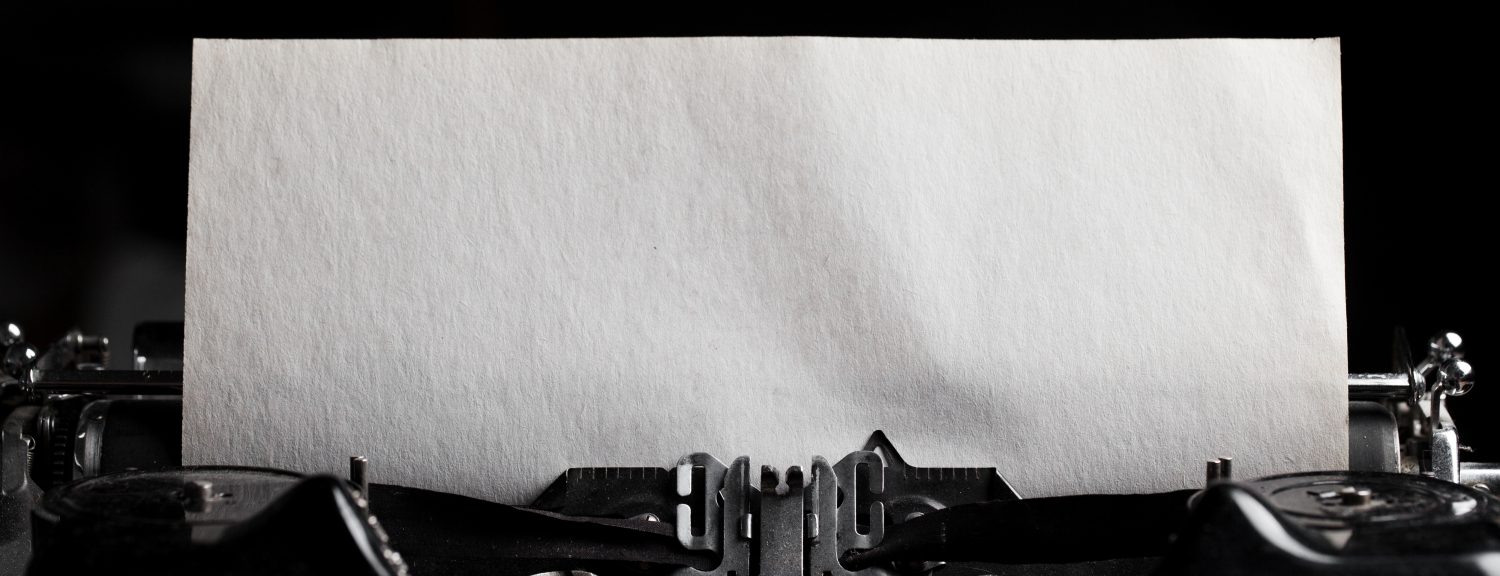The Other Me
‘The Broken Road’
v.
The anaesthesiologist told me they’d be using ketamine as one of the painkillers, and warned me not to worry if I woke up after the surgery and had hallucinations, like seeing grass on the floor of my ward, or thinking people were talking to me.

When I woke, though, sometime in the late afternoon, the first thing I noticed was the lightness in my right leg. The x-fix was gone. They told me the bones had aligned perfectly, they’d taken a bone graft to help with the healing, and inserted two plates. I now wore a half cast, with bandaging wrapped around it to hold it in place.
I drifted in and out of sleep for the rest of the afternoon, initially worried about a shortness of breath. A doctor checked me, and declared that I was fine, so somehow my anxiety had poked its heading through post-surgery. It settled down through the evening, until I felt an unusual tranquillity. Every time I closed my eyes, gorgeous landscapes unfolded in my mind’s eye. I could only put this down to the ketamine, and now understood the allure of drugs – how blissful was this? I had a morphine clicker again, but mindful of my unconscious misuse the first time around, used it as little as possible.
The night nurse kept asking me if I’d ‘used the bottle’. After surgery, sometimes the bladder doesn’t wake from the anaesthetic, and a catheter needs to be inserted. Under pressure of having to pee rather than needing to, I struggled. The nurse suggested I might’ve found it difficult, lying down, and told me to get vertical. So, around midnight, sitting up on the cot, balanced on my good leg, newly-operated right leg horizontal on the bed, bottle held under me, I celebrated being able to pee – or at least to avoid another catheter.
The next morning, an excruciating pain cut across my heel – right where the x-fix had been bolted in. The nurse unwound my bandages around the cast and redid them, just in case they were too tight. The pain gradually abated throughout the day, or maybe the painkillers dulled it enough to make it tolerable.
The following day, a physiotherapist came in and taught me how to use crutches, particularly going up and down stairs. She estimated that within six weeks, I’d be walking with a limp, and within twelve weeks I’d be as good as new – a heartening update.
Being mobile was amazing, like I’d just learned to walk, although my emaciated right thigh tired quickly having to hold the leg up off the floor. Now that I was ambulatory, though, I was able to use the shower (albeit seated) and the toilet. But getting off the bed was a relief. Stuck on the back for ten days, my lower back and buttocks had grown sore.
On the Tuesday night after the surgery, the surgeon came to see me and reviewed his work. My ankle, and particularly my foot and toes, had blown up again, swollen as bad as they had been originally. Although the surgeon assured me everything had gone fine, he was a bit alarmed by the swelling.
‘It really didn’t like the surgery,’ he told me.
I was home within four days of the surgery, sitting with my right leg balanced on a stack of pillows and the ottoman. Sometimes, there’d be a jab of pain in my right foot, like somebody had thrust a pin into me. Sometimes, it was a series of jabs. In that instant they hit, they were unbearable, and made me jump in my seat.
Worse was the pins and needles sensation, the way your foot tingles infuriatingly, when it’s waking up after having fallen asleep. Whenever I got up – like if I had to use the bathroom – then came and sat back down, the pins and needles would hit, and last for up to an hour, if not more, me squirming in my chair because it was so uncomfortable. I was told this was the nerve healing, trying to resend messages back to my brain.
There was no way to switch off. It wasn’t like I could go for a walk, like I used to, to deal with stress. Even when I did sedentary things, like watch TV, or read, the constant pain, discomfort, need for painkillers, existence of all these pillows under my leg, and the whole situation only kept what had happened to me in the forefront of my head.
I thought often about the woman who hit me – I couldn’t remember her face, but wondered if she thought about me, about what she’d done to me; if she felt guilt, or I was just some fading memory. I’d had some nobility initially. Accidents happen. But now trying to recover, I grew angry at her.
She couldn’t know how I found it almost impossible to sleep, because the weight of the covers on my leg – even though I had pillows propped to either side to create a tent – felt like they’d wrench my leg apart; or how I had to stay with the same strict regimen of meds, which constipated me and gave me hot flushes and would often knock me out; she didn’t know how I had to sit on a chair in the shower, my leg wrapped in plastic and poked out the door, or all the pain. I cursed her for doing this to me. I cursed my luck – at lights where I had the right of way. I struggled with that most of all. Not jaywalking. Not irresponsible. Not drunk and meandering into traffic. Crossing at lights where I had the right of way.

Nine days after surgery, I was back for a check-up with the surgeon, who ordered that the plaster be taken off.

He examined my leg, now scarred to either side of my ankle, and covered in scabs, and remarked, ‘This looks all right. This looks okay.’
Desperate for assurance, I said, ‘Just okay? Not superb?’
He looked at me. ‘This was a really bad break – a really bad break.’
I was worried that he was ordering the plaster off after just nine days. When I’d broken my arm as a sixteen year old, I’d had plaster on for six weeks. But the surgeon told me I had to start getting movement into the ankle, or it would heal and lock into place. He instructed a nurse to remove all the stitches, and then organised for me to see a physiotherapist across the hall.
The physiotherapist taught me some basic exercises – move the foot as far as I could to the left; then, to the right; then down; then, hooking it with a towel, pulling it up as far as it could go; then rotating it in circles. I had to do this three times a day – more if I could manage it.
The exercises demonstrated that I had very little movement in the ankle, and the right foot remained numb – except for the pain. The thinness of my right leg also worried me. When I did the towel exercise, I was worried if I pulled the towel to hard, my leg would snap. I was determined that it would recover, and that I would do everything to ensure that it did.
Of course, not everything is always in your control.
